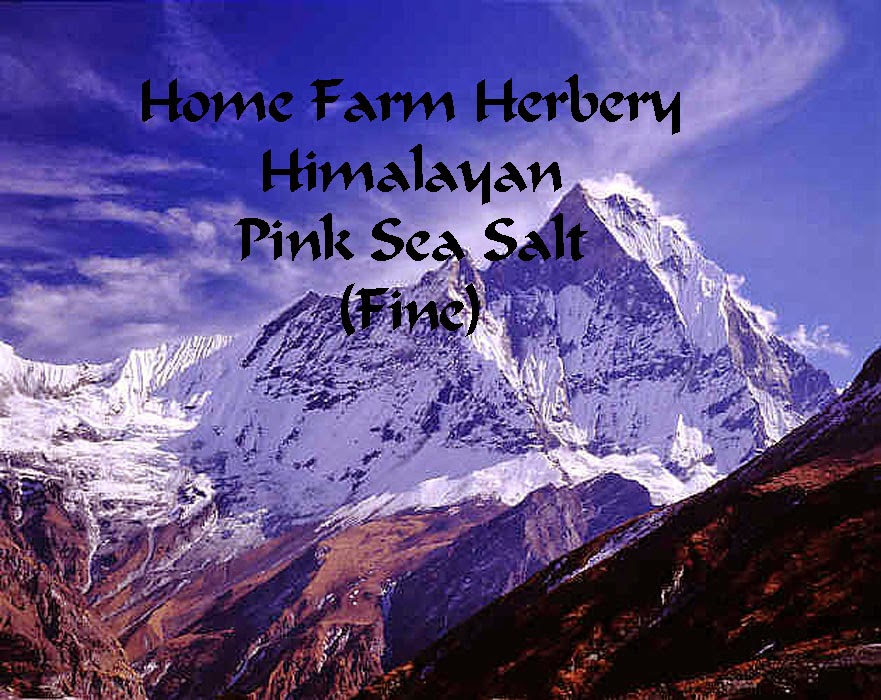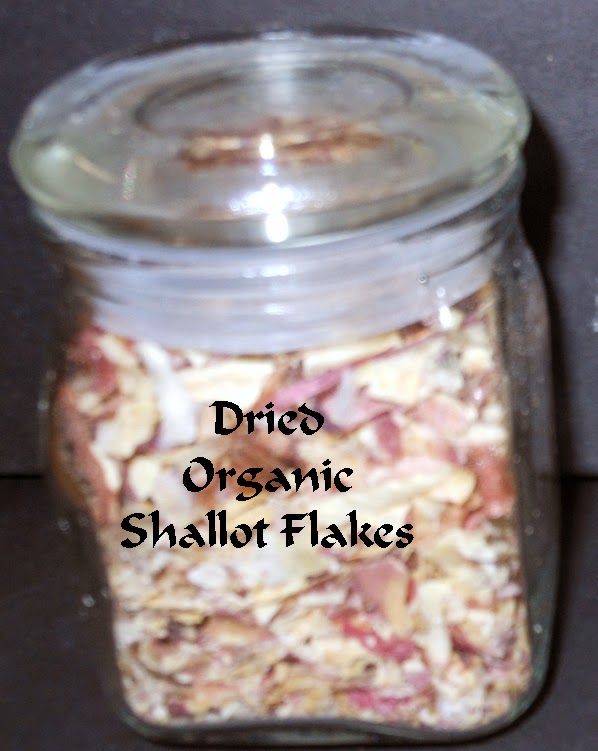14 Feb Sat 2015
Everything you wanted to know about Salt
Everything you wanted to know about Salt©
By Arlene Wright-Correll
Salt regulates water content in the body and brain and blood pressure. In particular sodium chloride and potassium chloride while it helps to maintain pH balance by binding with hydroxyl groups (OH) in solution.
Salt also promotes healthy blood-sugar levels and various salts are important for bone strength including calcium plus it is necessary for muscle contraction in particular calcium while promoting nutrient absorption in the intestine. Many salt ions are co-factors that activate enzymes such as magnesium, manganese, iron, cobalt, nickel, copper, zinc, and molybdenum.
Last and far from being the least salts promote transport of substrates across all cell membranes while maintaining membrane potentials important for cell function. Minerals involved include sodium, potassium, calcium, and magnesium and are very important minerals for our bodies.
Studies show that 90% of our food budget goes to buying processed food products and one of them is table salt which is purified at a process that includes re-crystallization at over 1200° F! That table salt you buy also includes 97.5% sodium chloride and 2.5% additives plus anti-caking compounds thus depleting its natural minerals. Then lets throw into the mix the fact that it most likely contains iodine and and/or is fluoridated particularly in most non U.S. Countries.
Common table salt is referred to as inorganic sodium chloride. It can't maintain water balance in the body as well as sea salts. Common table salt crystals are hard, dry, and isolated from each other. Your body has difficulty processing this.
Too much salt is really not good for you and using the wrong kind of salt is really, really not good for you.
Years ago, at Home Farm Herbery, we discovered the benefits of Himalayan Pink Sea Salt. We learned that this salt is said to be the purest salt available essentially uncontaminated with any toxins or pollutants. Quite often this salt has been hand mined and washed in an environment that is pristine. Himalayan salt is over 250 million years old that has been exposed to high tectonic pressure surrounded by ice and snow high in the mountains. When observed under a microscope, this salt has a perfect crystalline structure.
We also learned that Himalayan Pink Sea Salt contained 84 essential minerals required by the body and consist of 85% sodium chloride and 15% trace minerals, to say nothing of the fact it is a good source of magnesium in which 80% of all humans are deficient in.
HimalayanPinkSea Salt while promoting a healthy PH balance of the cells also helps to regular sugar levels and helps to regulate the body’s sleep cycles.
Over the years of research Home Farm Herbery has created a Wide World of Salts consisting of over 46 kinds of pure salts and it is here that you will find our wonderful Himalayan Pink SeaSalt (Coarse grind) and our wonderful Himalayan Pink Sea Salt (find grind)
Since salt is a mineral it can never be called organic, but it can be called pure especially if it is imported from Free Trade Countries that practice good mining practices. Nevertheless, there are sea salts that are certified as organic salts. This means that the salt has been collected from protected, pollution-free environments, and unrefined. For that reason, the pink Himalayan salt is called an organic salt.
Arlene
01:37 PM CST
The Art of Cooking with Freeze Dried Shallots©
This week's email question asks, "What can you tell me about dried shallots?"
At Home Farm Herbery it takes 18 pounds of fresh shallots to produce 1 pound of Dried Shallots so we have created these for those busy cooks who do not have time to create their own.
Shallots are a member of the onion family and are a cross between garlic and an onion. Their flavor isn't as potent as a white onion and is more like a perfect fusion of mild garlic and sweet onion with the flavor profile of a sweet onion with subtle yet complex garlic undertones.
The French have always used shallots in their cooking and now here in the good old USA Dried Shallots are becoming more popular in the baking of breads or crumbled and sprinkled over burgers, chicken, fish, omelets, vegetable dishes, salads, salad dressings, sauces, soups and steaks.
You can easily toss Dried Shallots into most dishes as they will have enough moisture to reconstitute them. If you wish to add them to a salad or another dry dish you can reconstitute first by covering them completely with water and letting them stand for about 5 minutes and then drain the excess liquid. If you want to use these more like fresh shallots and sauté in olive oil or butter we recommend that you reconstitute them first.
For substitution or conversion purposes (and because they are so potent) use ½ as much Freeze Dried Shallots as fresh shallots. A ½ teaspoon of dried shallots equals one shallot clove.
Dehydrated food beats canning. It tastes better, still has lots of healthy elements in it, takes up less space and lasts 20 years.
We suggest you put your dried shallots into glass jars once you get them as they tend to clump and or break down quicker when left in a bag that may get jostled around in your spice cabinet.
Another great shallot product is dried shallot powder and that also is a good keeper and easy to use.
May the Creative Force be with you,
Arlene Wright-Correll
Arlene
11:55 AM CST










